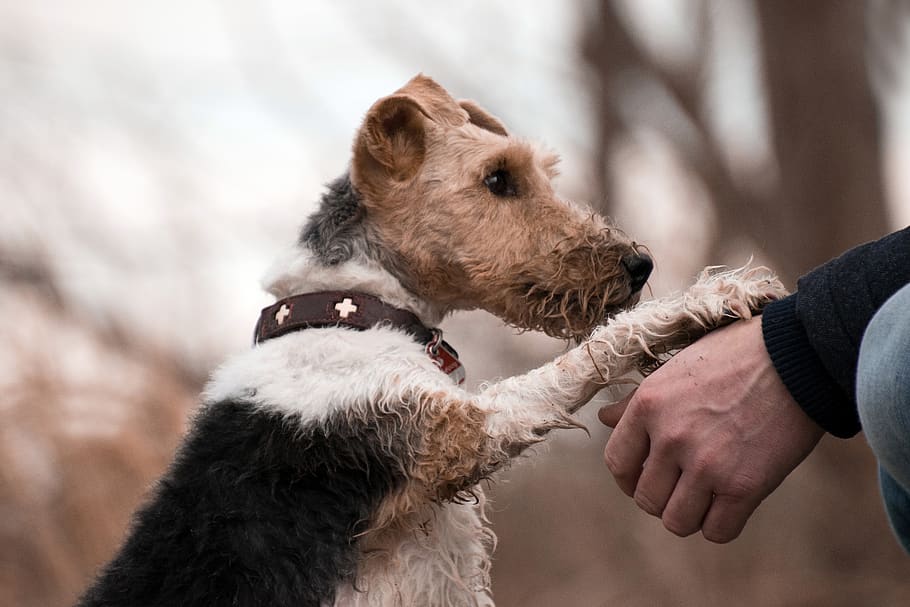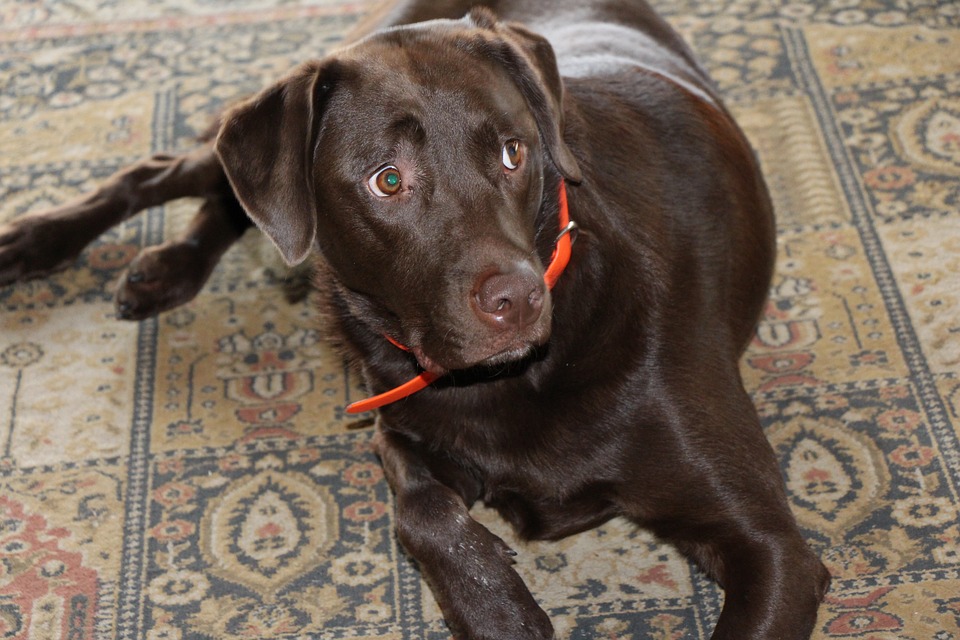“…and then, out of nowhere, he bit me!”

Much to our disappointment, dogs do not speak our language and because of this fact our dogs are often misunderstood, leading to behavioral issues, distrust and accidents. The only way to truly comprehend and communicate with our dogs is by understanding and appreciating what their body language is trying to tell us. By learning how to read our dogs, and those we encounter, we are setting ourselves up to be better dog parents, better friends and, let’s be honest, potentially saving a dog from rehoming.
Dogs speak with their bodies and have a complex assortment of conscious and subconscious behaviors to relay how they are feeling and as mechanisms for dealing with stressors. I am not saying you must be a behavior specialist to “understand” dogs but by understanding the basics of canine body language you are taking the rights steps toward a more rewarding relationship with your dog and those your meet!

“Smiling” dog
When dogs are seeking attention from us or from other dogs, they use a variety of behaviors; muzzle/ear licking, jumping up, body curving (aka the wiggles), blinking, exposing teeth “smiling”, lowering their ears and play bowing. As dog owners, many of you probably nodded while reading through these because you’ve seen them a time or two when returning home or if you have a particularly fun toy. These types of behaviors are also used when one dog is trying to appease another dog. Socially experienced, or well socialized dogs, will also use these behaviors to avoid confrontation. Very often we see dogs that do not understand these cues that will take the opportunity to be aggressive.
One of the biggest misconceptions in the dog world is that a wagging tail means a happy dog. Tail wagging signals arousal. With our favorite breed having a shortened tail it can be difficult to determine exactly what your dog may be doing. The position of the tail can also be an indicator; above the spine or erect is associated with assertiveness, confident and even aggression, tail down can mean fear or stress and last a tucked tail shows a high level of anxiety. Lastly, studies have shown that the speed and direction of the wag can also tell us something! A tail wag, mostly to the right is seen when a dog is happy, like when it sees its owner and a tail wag mostly toward the left is seen with negative stimulus. This, of course, is difficult for the untrained eye to see.
When dogs are stressed or nervous there are many different behaviors that dogs use to show that they feel threatened or to calm themselves. These are the signs that are often overlooked that can lead to escalated or unwanted actions from our canine companions. To the inexperienced owner these actions seem normal, but they may not be.

- Yawning. While dogs, like us, yawn when they are tired, they are much more likely to yawn when they are upset or stressed.
- Lick lipping. Lick lipping does not always mean your pup is hungry, it is also an indicator of nervousness.
- Brief of complete body freezing. A freeze is a dog’s way of avoiding until they can decide if they should flee or fight.
- Panting, drooling or curved tongue indicate stress. The curve of the tongue is caused from tension.
- “Whale eye” is seen when a dog turns his head away and you see the white of their eyes. They do this to turn away from what they’re afraid of, or what is causing discomfort.
Dogs are amazingly tolerant and often will do all these behaviors without moving on to a more negative reaction but in our rescue lives we often see dogs that simply are not as tolerant. This is one of the many reason giving your dog ample time to settle into their new home for several weeks or months is encouraged. The time allows you to learn about your pups’ special quirks are and how these behaviors translate into your dog’s language. I hope that by educating and teaching as many people as we can how to “read” their dog we can avoid scary situations that change how we look at our beloved pets!
 That Pet Blog That Pet Place Pet Blog
That Pet Blog That Pet Place Pet Blog
